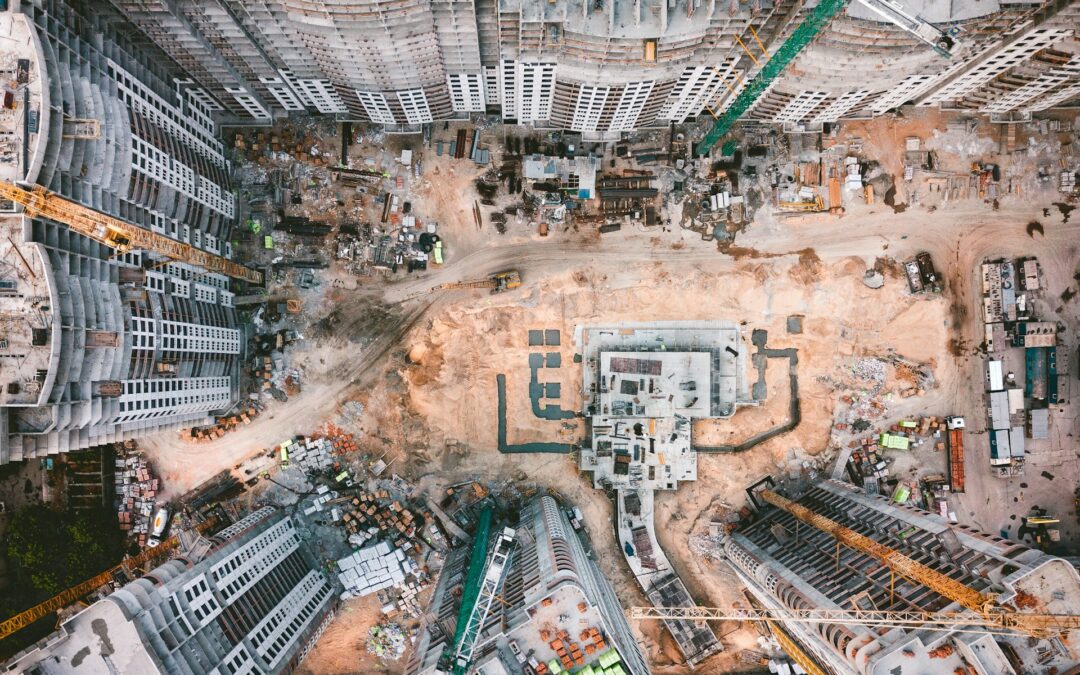This post explores: Building quality and performance, and provides the initial outline definition to Optimized Building.
Quality Remains an Open Question
Both industry professionals and members of the general public often have a hard time describing what constitutes a great building. Typically, people cite a cool exterior and/or interior aesthetic as the primary attribute. A more discerning reviewer might extend their evaluation to fit and finish, or describe how cleanly various systems are installed. This is intended almost always as a visual review of installation quality of elements such as finish trim, cabinets, doors and hardware, ceiling and wall surfaces, floor surfaces…
LEEDs big contribution to the industry is that it began to formulate a more substantive definition of quality that takes into account a building’s operation and its impact on the surrounding community and environment.
Nonetheless, the definition of quality in building remains an open question. What would it mean to optimize a building’s design, construction, and life cycle operation? It would be worthwhile to find out.
The New Orders & Optimized Building
In an earlier blog titled “The New Order,” I described four building types, or “Orders,” that will emerge in the near future: Iconic, Boutique, Hybrid, and Optimized. Now, I want to dig a little deeper into Optimized Buildings.
What do we mean by Optimized Building? Well, let’s begin with a definition of building in general. Building is primarily an exercise in logistics. Simply put, it’s how to get the
“Right People” in the “Right Place” with the “Right Materials, Tools and Information” at the “Right Time.”
(In order to get the work completed correctly the first time).
Historically, building has been an extraordinarily challenging process. Developing a dependable, quality process and product has proved almost impossible. Performance, cost, and timing vary dramatically from project to project, and from project team to project team.
Optimized Building
“Optimized Building” refers to the process of design, construction and sales of buildings and to the types of building products that are offered to the market-place. Optimized Building will allow the building industry to successfully implement a new mission statement:
“Higher Quality, higher Performance buildings delivered to market in shorter time periods and at lower cost”.
In previous blog posts, I have touched on the concepts of “Higher Quality” and “Higher Performance” and their contribution to our understanding of “Value.” In this blog, I want to focus on how to “deliver to market in shorter time periods” and for a “lower cost” while supporting the goals of higher quality and higher performance.
Seven Elements Define Optimized Building:
(This has grown to ten and is described in future blog posts)
- Collaborative Data Environment CDE:
A cloud-based collaborative platform for all project and life-cycle data.
- Modular Building types built on a chassis:
Standardized building solutions.
- Standardized Construction Assembly Modules:
Assembled elements, racks, panels, boxes, and systems that can be utilized within multiple modular building chassis.
- Standardized Templates, Standards, and Workflows:
The key data structures that allow multi-discipline teams to work together seamlessly and with increased quality,
speed, and scale.
- CIPO building organizations:
A new business framework that expands the power and reach of small and mid-size businesses while maintaining their
unique identity and culture.
- Selling modular buildings with defined-design options:
The buildings will be sold with pre-determined design options that provide the customer with sufficient aesthetic and
operational flexibility while dramatically improving the efficiency of the building workflow process.
- Scalable building sales:
Buildings are sold in volume and construction adheres to standard predetermined manufacturing schedules.
These seven elements impact almost every area of building, including how data is structured during the design, construction, operations, and management phases; the material procurement chain; building project teams; building sales; how and where buildings are assembled. If successfully implemented, Optimized Building will reduce risks, increase profits, and deliver building types that fulfill the core mission:
“Higher Quality, higher Performance buildings delivered to market in shorter time periods and at lower cost.”
Stay tuned for more details on specific solutions that integrate each of these seven ingredients into a new recipe for building success!
